Using negative space in your photos is one of the easiest ways to achieve simplicity in your compositions. Including large expanses of empty space helps your subjects stand out, creates natural balance and evokes strong emotions in the viewer. In this article you’ll discover how to use negative space to create more powerful and emotive photos with your iPhone.
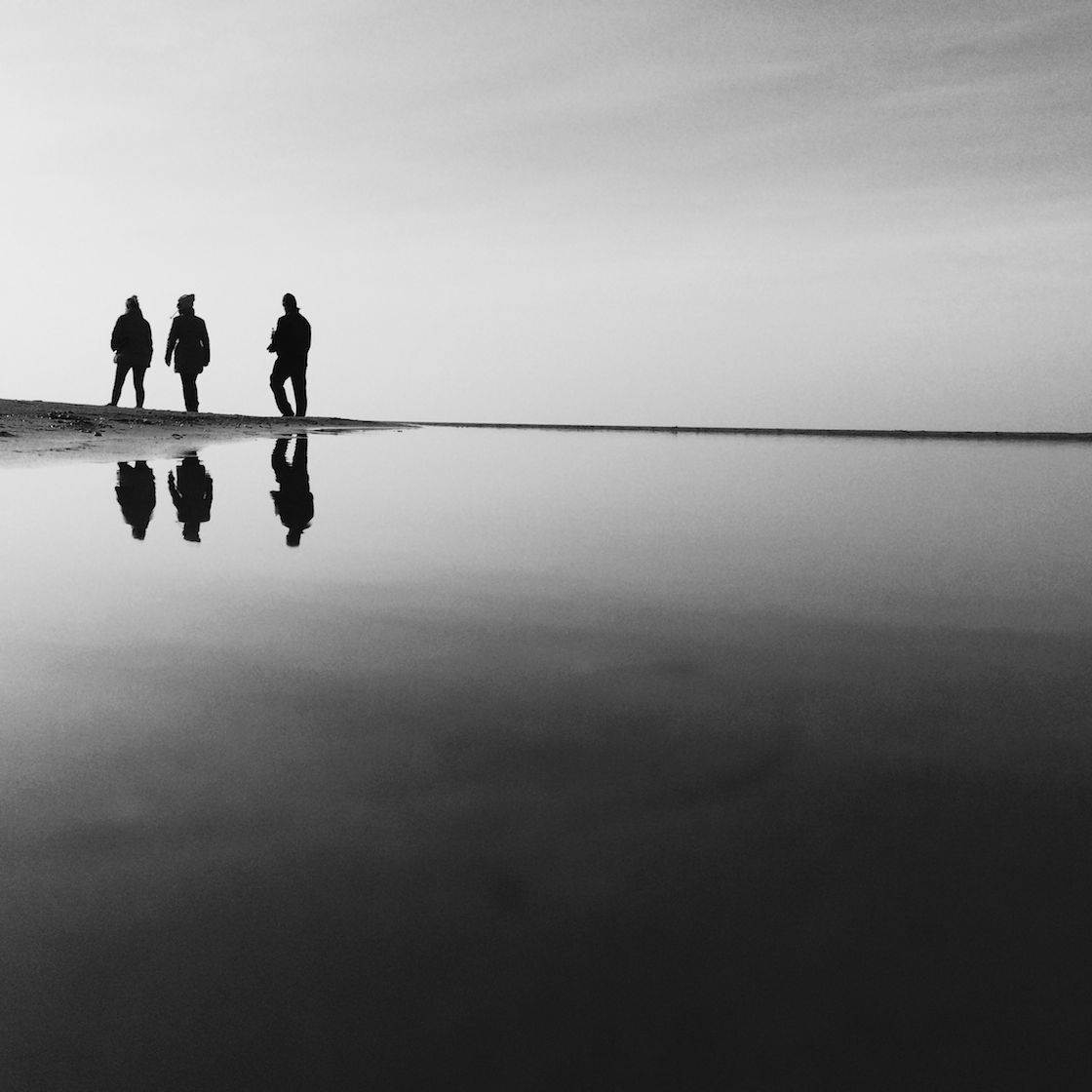
What Is Negative Space?
Negative space is simply the area around and between the objects (main subjects) in an image. The objects themselves are referred to as the positive space in your photo.
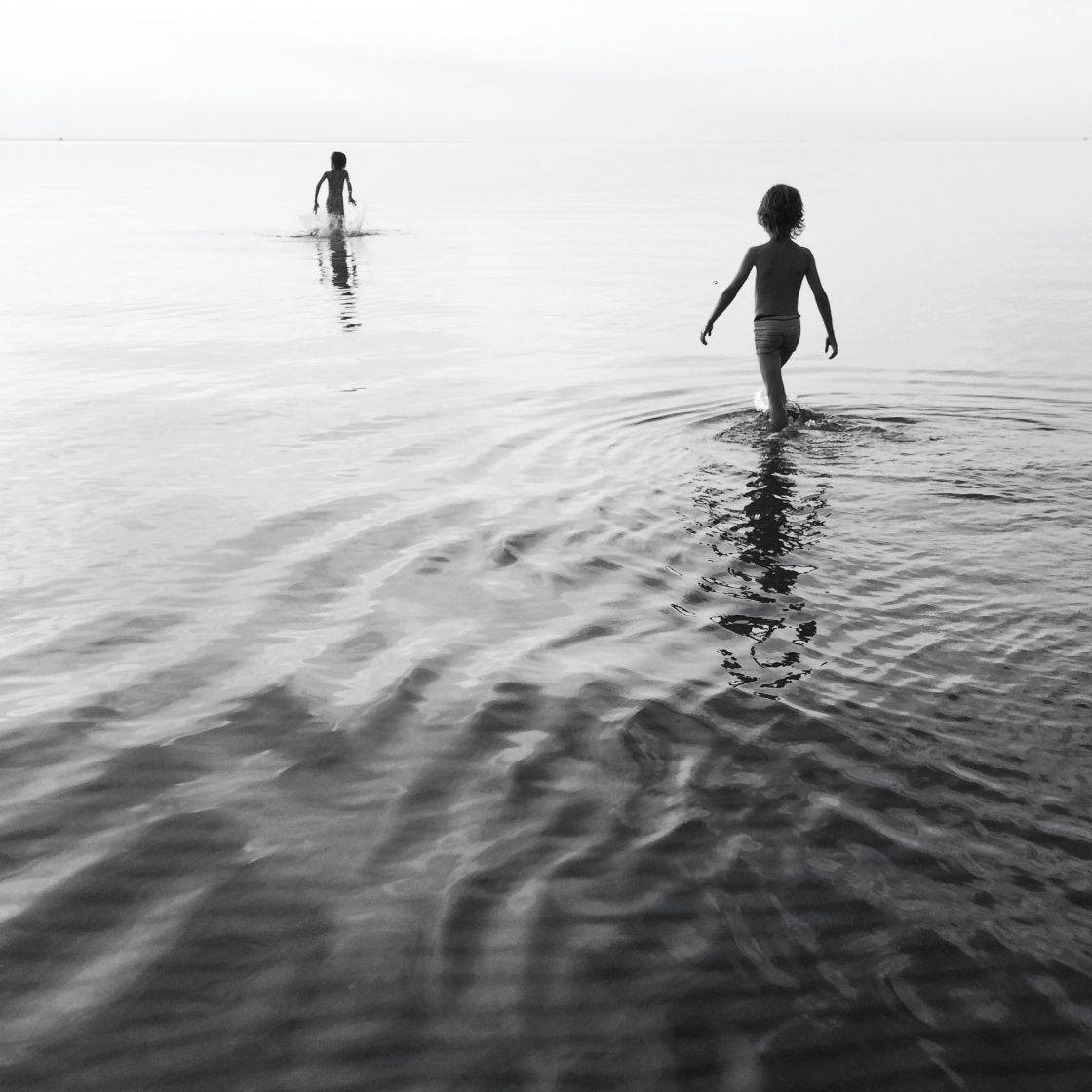
In this example, the two children are the subjects (positive space) and the empty expanse of sea and sky form the negative space.
Examples of empty space in a photo would be large expanses of open sky or water, an uncluttered part of a landscape such as an empty field or beach, a large shadowed area, a plain wall behind your subject or any other simple background.
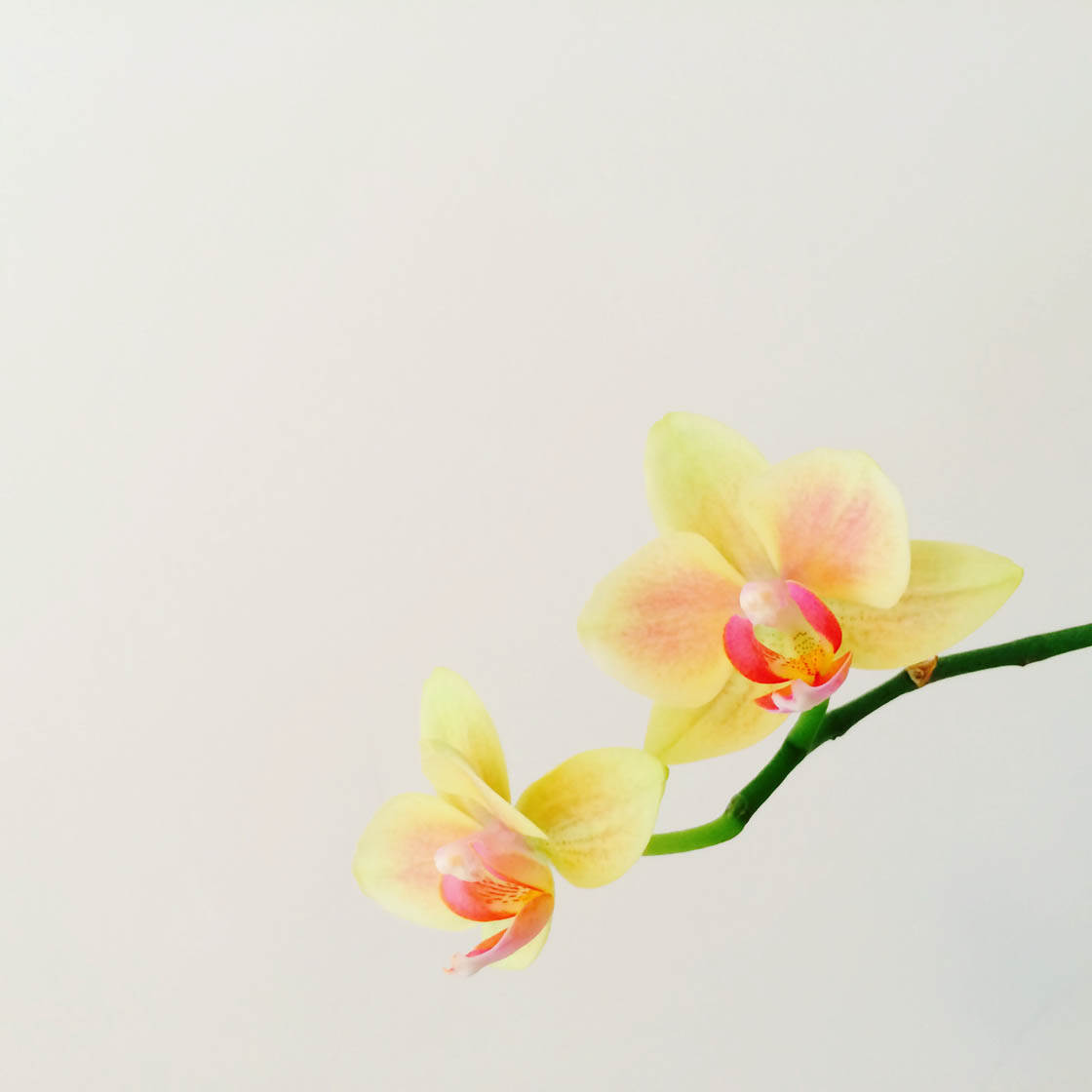
Negative space is a concept that’s been used in art, design and architecture for centuries, and photography is no exception.
Using negative space can help turn an average photo into a truly outstanding one. It can bring creativity and emotion to your photos, as well as help you tell a story with your image.

An absence of content in a photo doesn’t have to mean an absence of interest. You may think a photo that consists mainly of empty space will be boring to look at.
But it’s often quite the opposite. The space around your subject is just as important as the subject itself.
Let’s take a look at how you can use negative space to make your iPhone photos more powerful and visually appealing.
1. Use Space To Emphasize What’s Important
Whenever you take a photo, your aim should be to draw attention to the main subject, i.e. the thing you are taking a photo of.
There are many composition techniques that can be used to draw the eye towards the subject, such as leading lines or creating a frame around your subject.
Another very powerful composition technique is to simplify the scene. This means eliminating distractions so that the main subject stands out clearly in the scene and nothing else competes for attention.

One way of simplifying the scene is to get close and fill the frame with your subject, but another technique is to include a lot of space around the subject.
In order for the composition to be simple, that space would need to be uncluttered, such as a large expanse of sky or a plain wall.
By placing your subject within an uncluttered scene, you are simplifying the composition of your image. This focusses the attention directly onto your subject, giving that subject more power within the image.
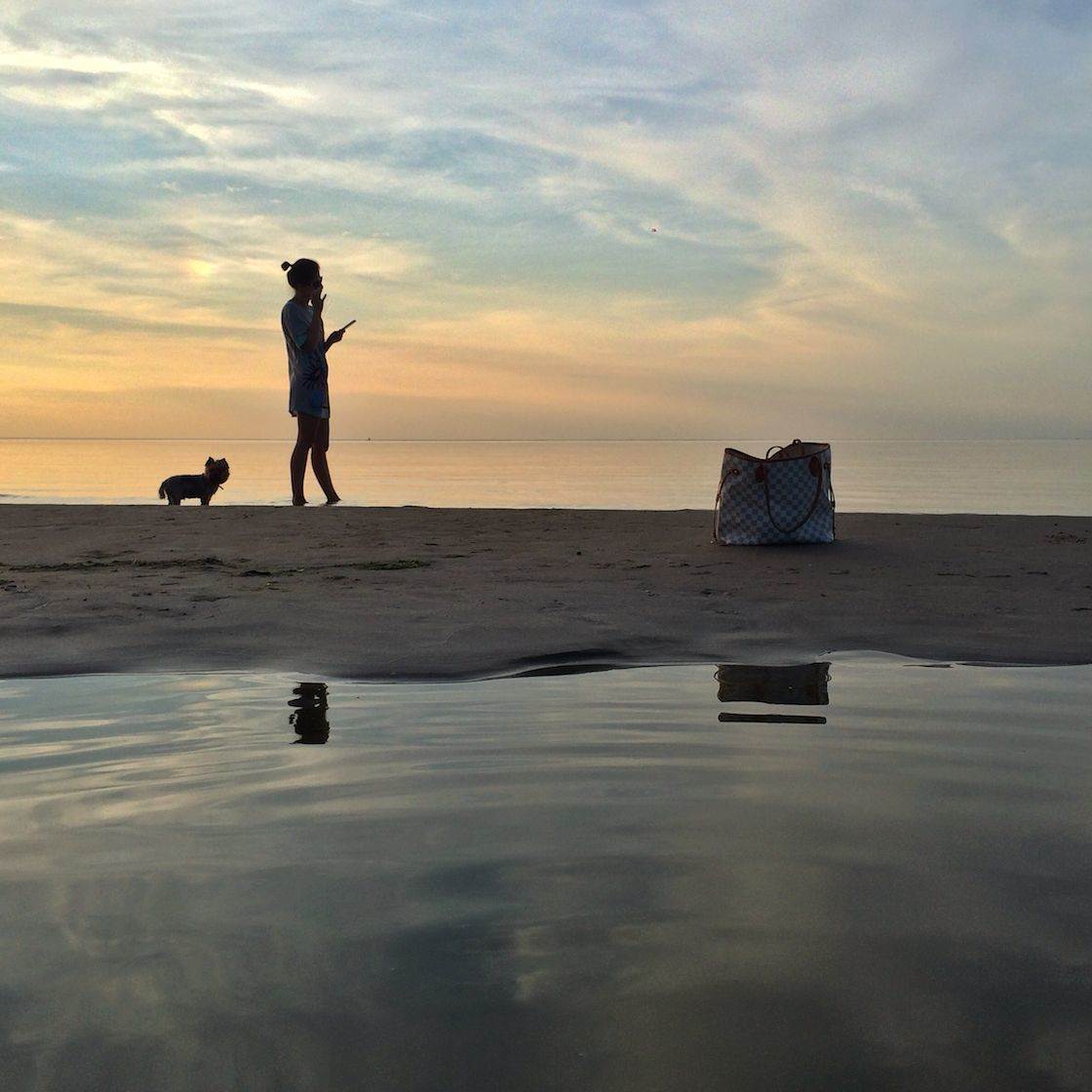
You are making a clear statement about what is important in your photo. The role of the empty space is to define and emphasize the subject.
An uncluttered composition where the subject stands out clearly will usually create a more visually compelling image than one with a busy background. It’s likely to attract more attention and hold the viewer’s interest for longer.
2. Use Negative Space To Balance Positive Space
Arranging the elements in a scene to create visual balance is very important in photography.
To create an interesting and harmonious composition, you’re taught that you should position the different points of interest in a scene so that they balance each other visually.
For example, if your main subject is a large flower at the bottom left of the image, you might balance the “weight” of it with two smaller flowers at the top right of the frame.
So how do you create balance if you only have your main subject and a whole expanse of empty space in your scene? Well, the negative space can actually be used to balance the positive space (the main subject).
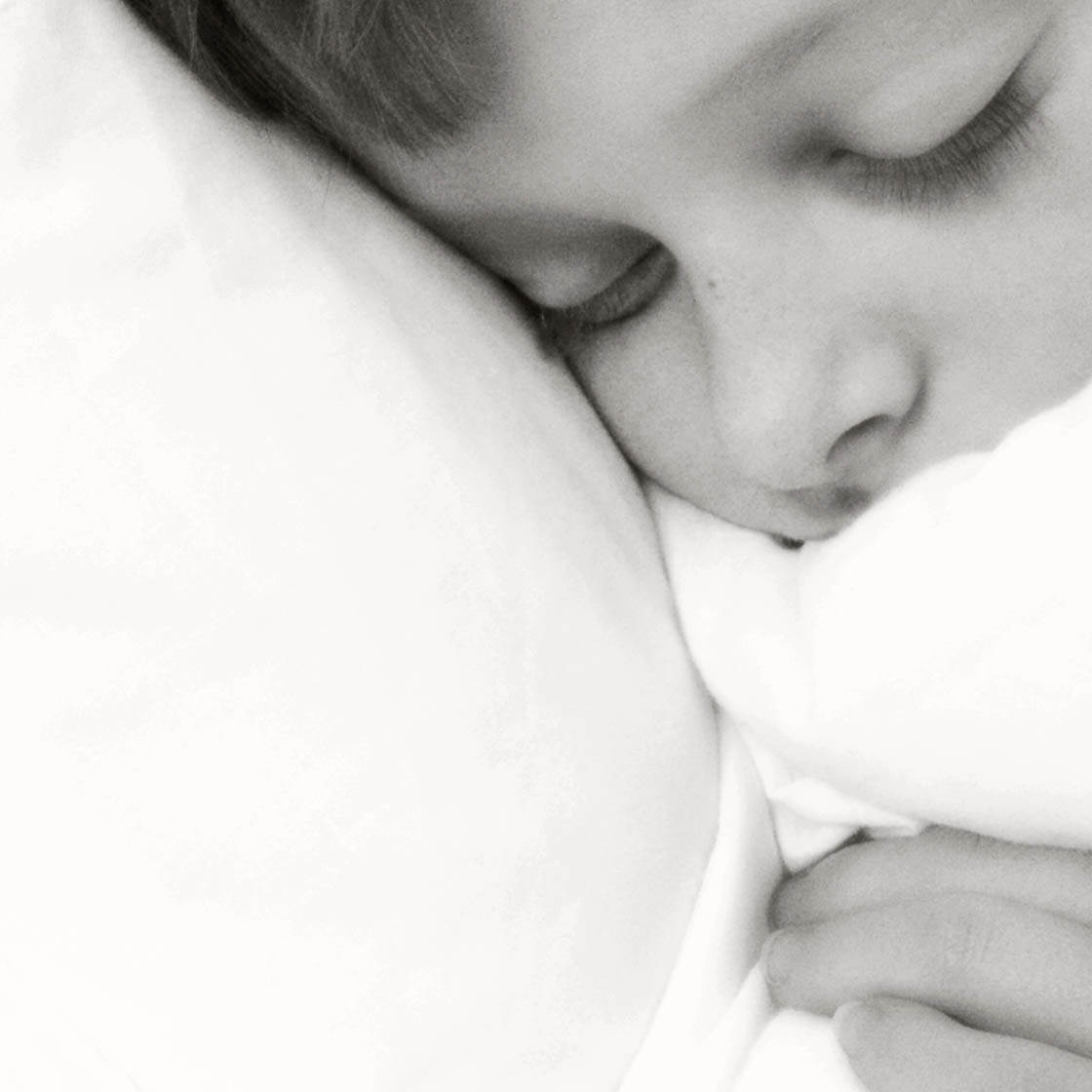
In this photo, the white negative space at the bottom left creates diagonal balance with the positive space of the child’s face at the top right.
Getting the balance right between your subject and the amount of empty space can take some practice, but when you get it right it can be really effective.
As a general rule, you need twice as much negative space as positive space. You can use the rule of thirds to help you arrange the subject and the empty space.
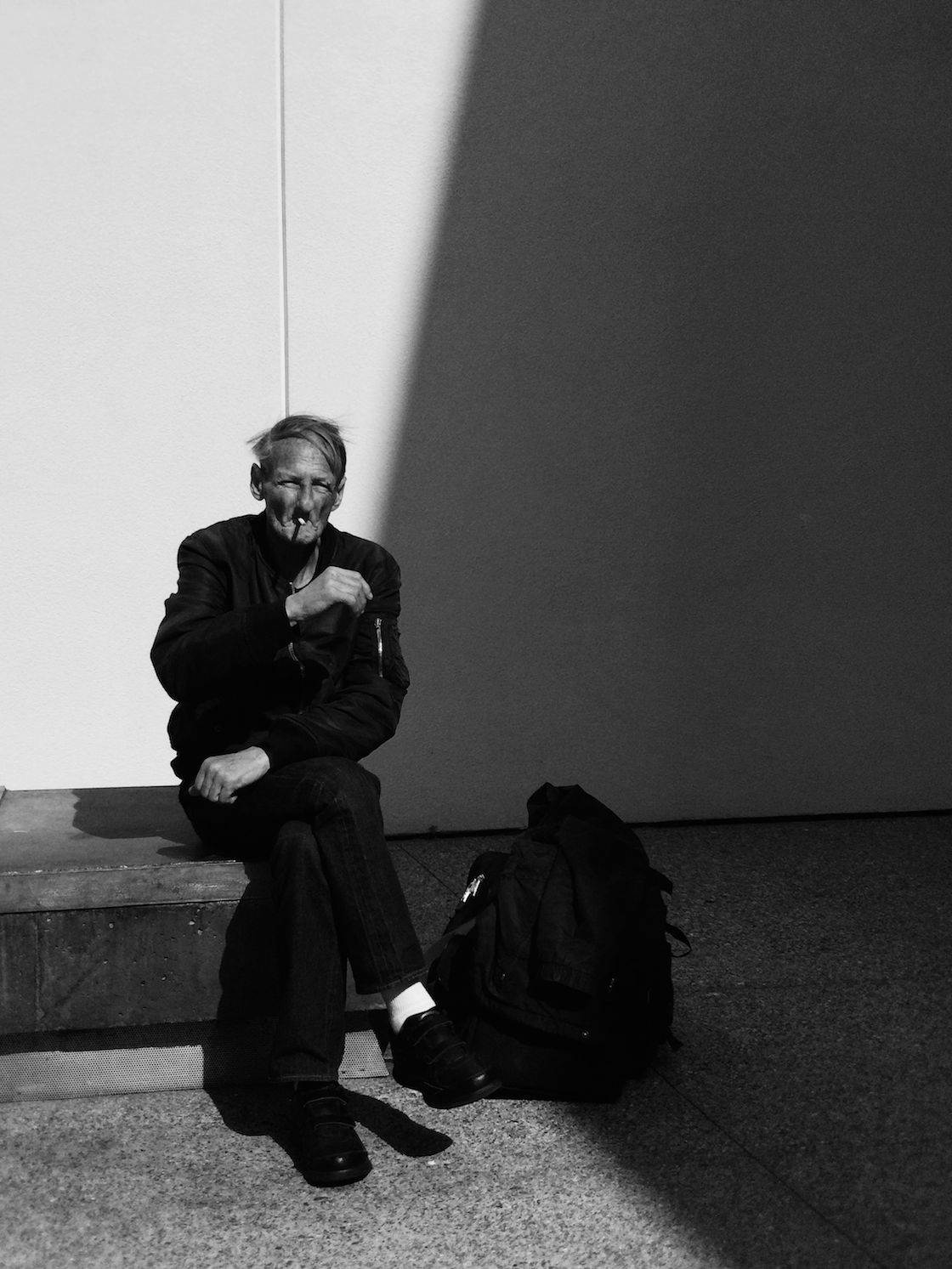
For example, if you’re taking a photo of a person against a wall, position the person in the left third of the frame and leave the two thirds to the right empty.
The rule of thirds is just a guideline, and breaking this rule intentionally can create more drama in a photo. A photo that is mostly empty space with the subject appearing very small within it can actually be very powerful.
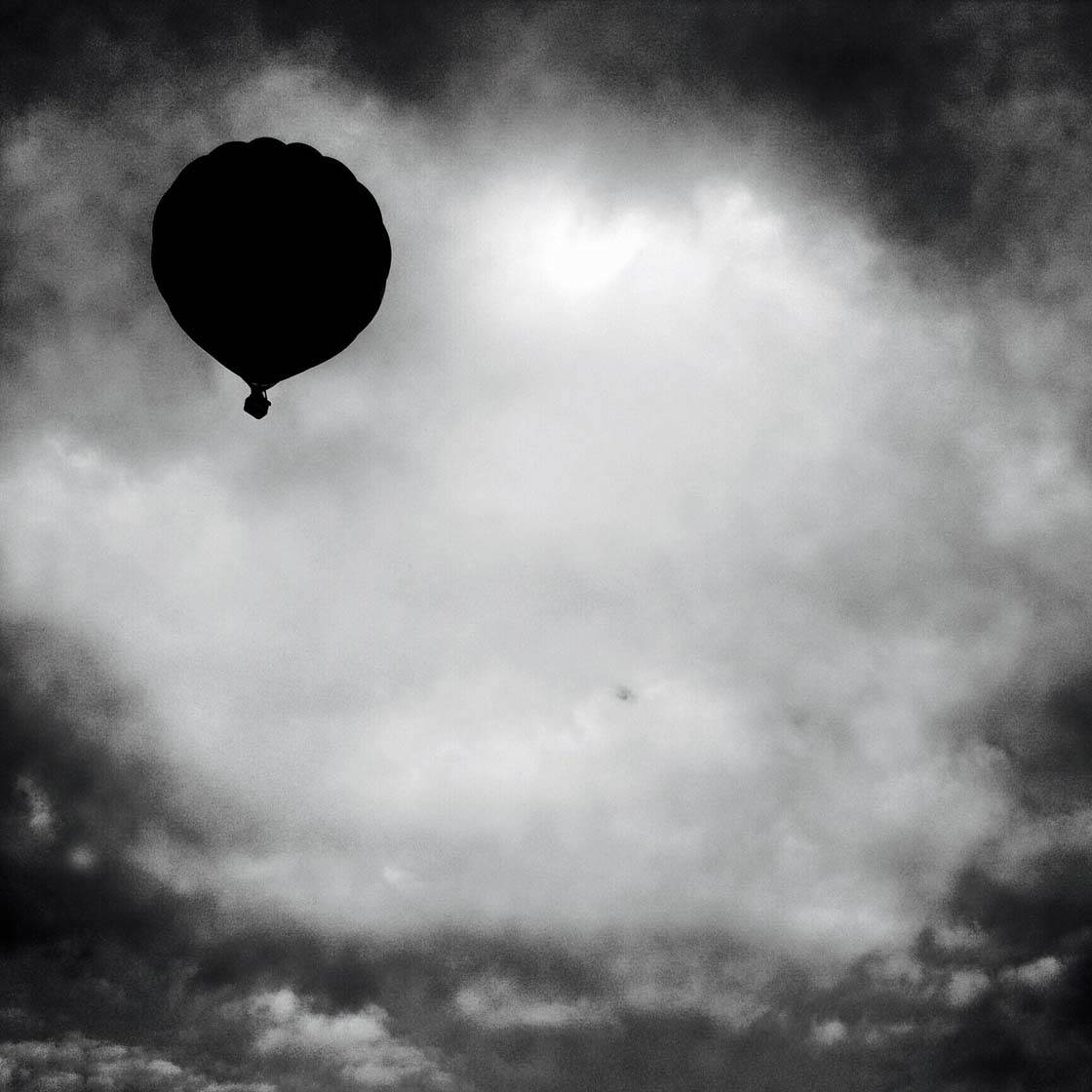
How much empty space to use can depend on the strength of your main subject and how dramatic you want the image to be. Generally, the more powerful your subject, the more space you can include around it.
3. Include Open Space To Add Context
Leaving space around your subject is an excellent way of adding context to a photo. It places the subject within the context of their surroundings, giving the viewer a broader sense of what’s going on in the photo and where it was taken.
If you fill the frame with your subject, the context of their surroundings is lost. Of course, this is a useful technique if the surroundings are boring or distracting.
But if the space around the subject will add meaning to the photo and create its own pleasing visual element, try including it in your photo.
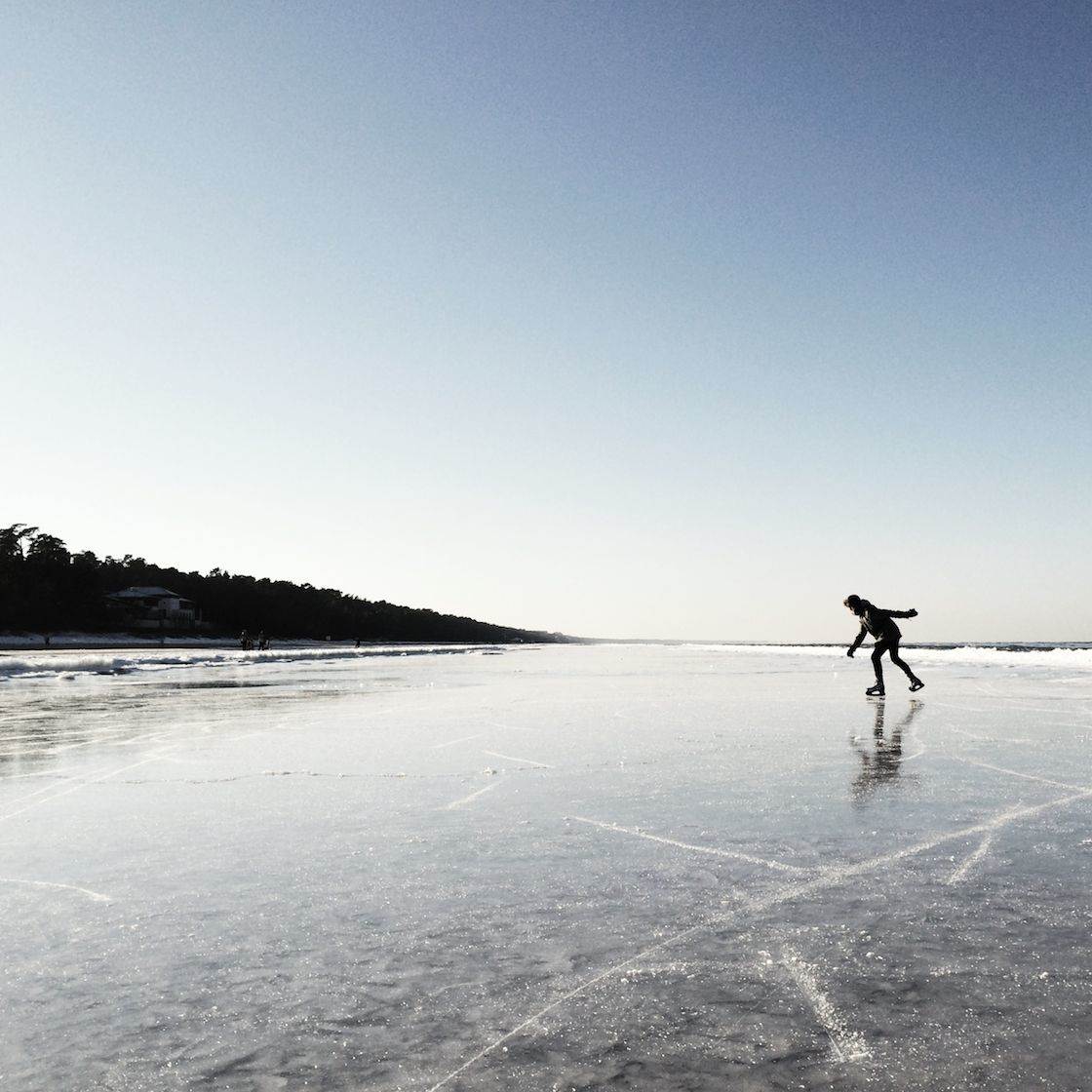
For example, if you’re photographing a person standing in a deserted landscape, capturing them close up won’t tell the viewer much about that situation.
But leaving a lot of empty space around the person will convey the sense of isolation that you were experiencing.
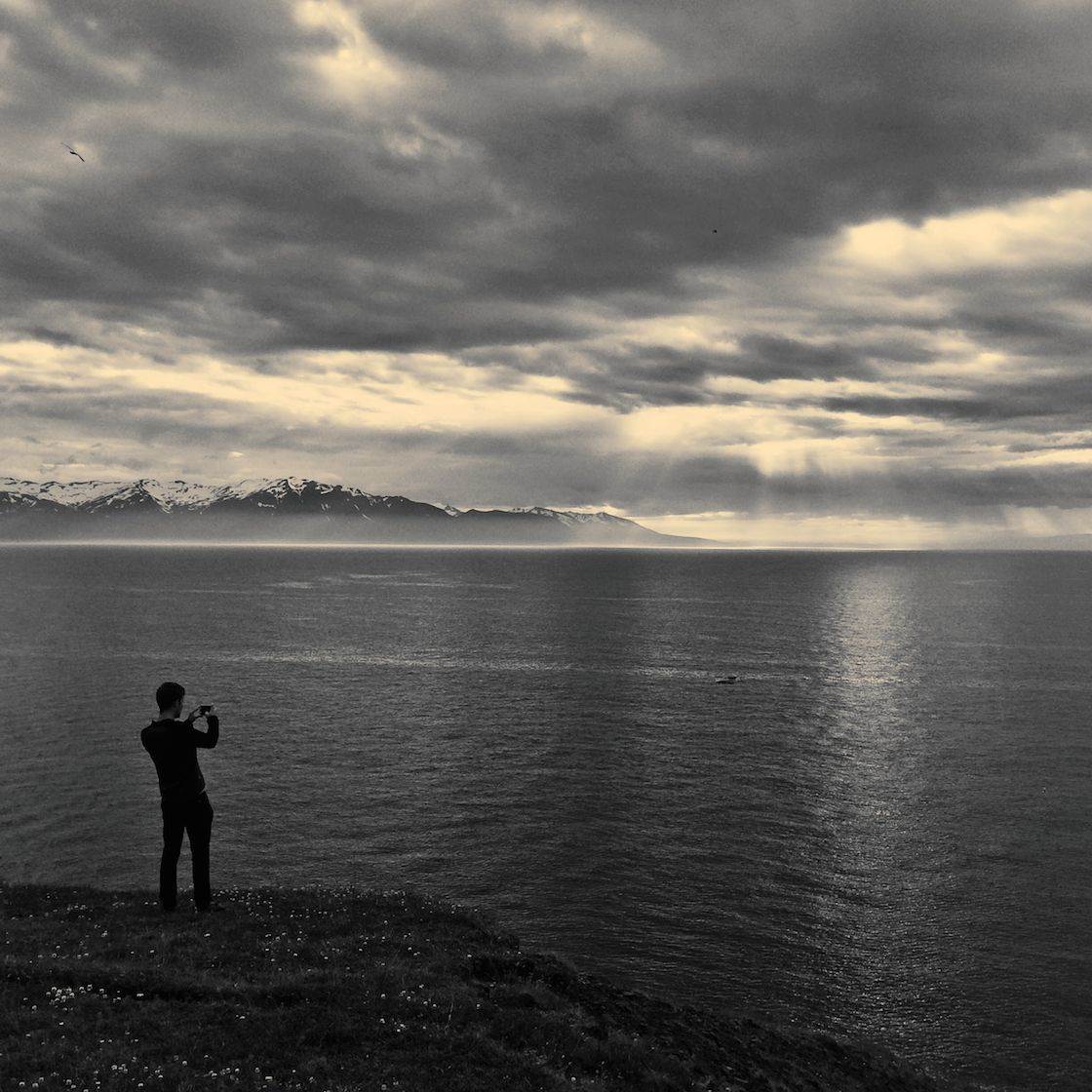
It’s often the space around your subject that gives the shot more interest, so bear that in mind next time you take a photograph.
Ask yourself whether filling the frame with your subject would mean the context would be lost.
If the answer is yes, and the context of the surroundings is important in telling your story, take a few steps back and include the space around your subject.
4. Capture Empty Space To Convey A Sense Of Scale
Leaving a lot of empty space around your subject can help to convey a sense of size and scale in your photos.
This is especially effective in landscape photography where the vastness of the landscape dwarfs any subject within it. If you shoot your subject from close up, this sense of space and isolation won’t come across in your photo.
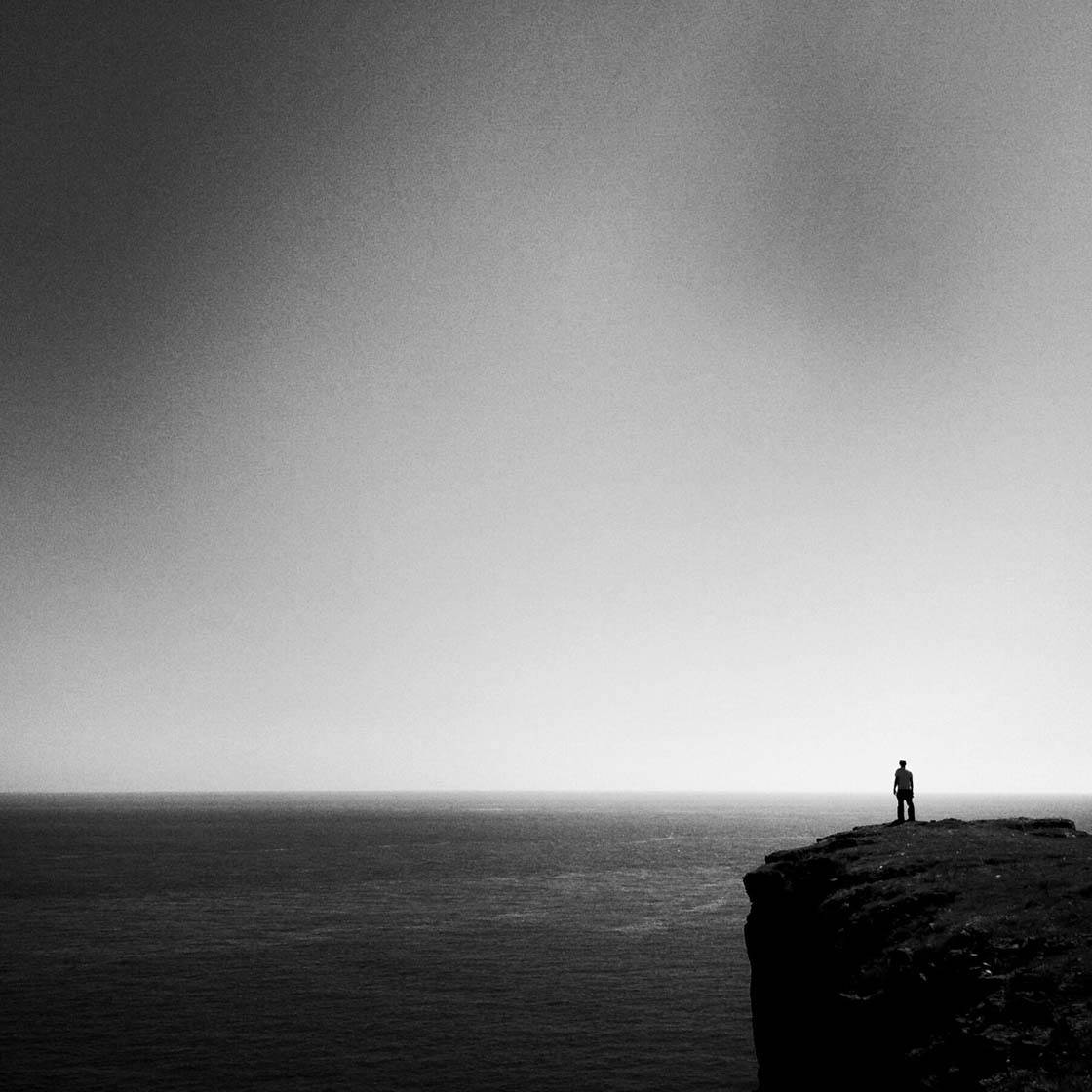
However, if you photograph your subject from further away so that they appear smaller in the scene, the sense of scale will be exaggerated.
Including a lot of empty space around your subject in situations like this will give your photos an entirely different feel to a photo of the same subject shot close up.
So before you take a photo, ask yourself what message you’re trying to convey in your photo.
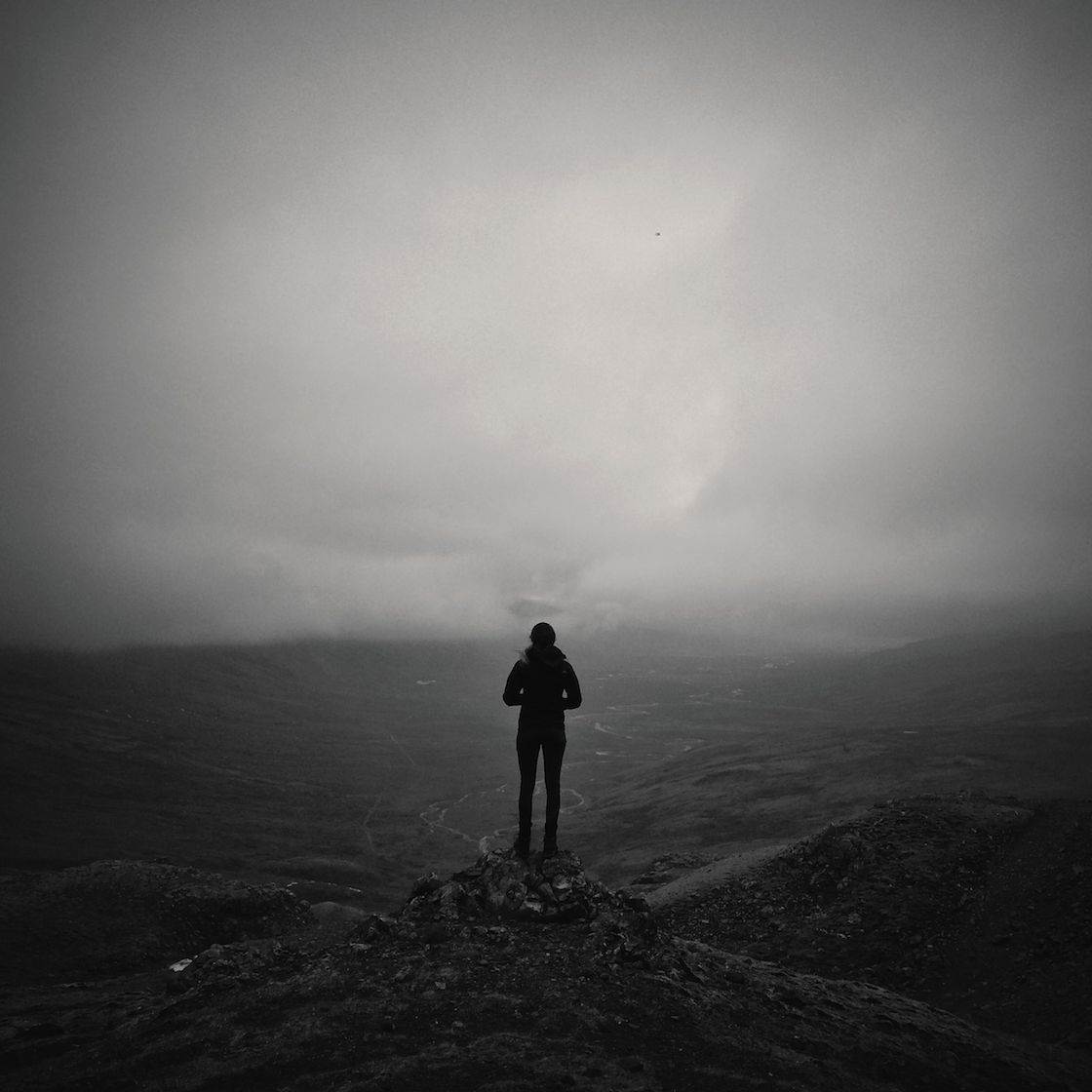
If you want the viewer to experience the same feelings that you felt when standing in that vast expanse of space, of feeling small compared to your surroundings, make sure you include that space in your photo.
Just make sure you think about the composition and shooting angle so that you only include relevant empty space. You don’t want to include distracting objects that will detract attention from the main subject.
5. Leave Space For Subjects To Move Or Look Into
If you’re photographing action shots where the subject is moving across the scene, you should generally leave more space in front of them than behind them.
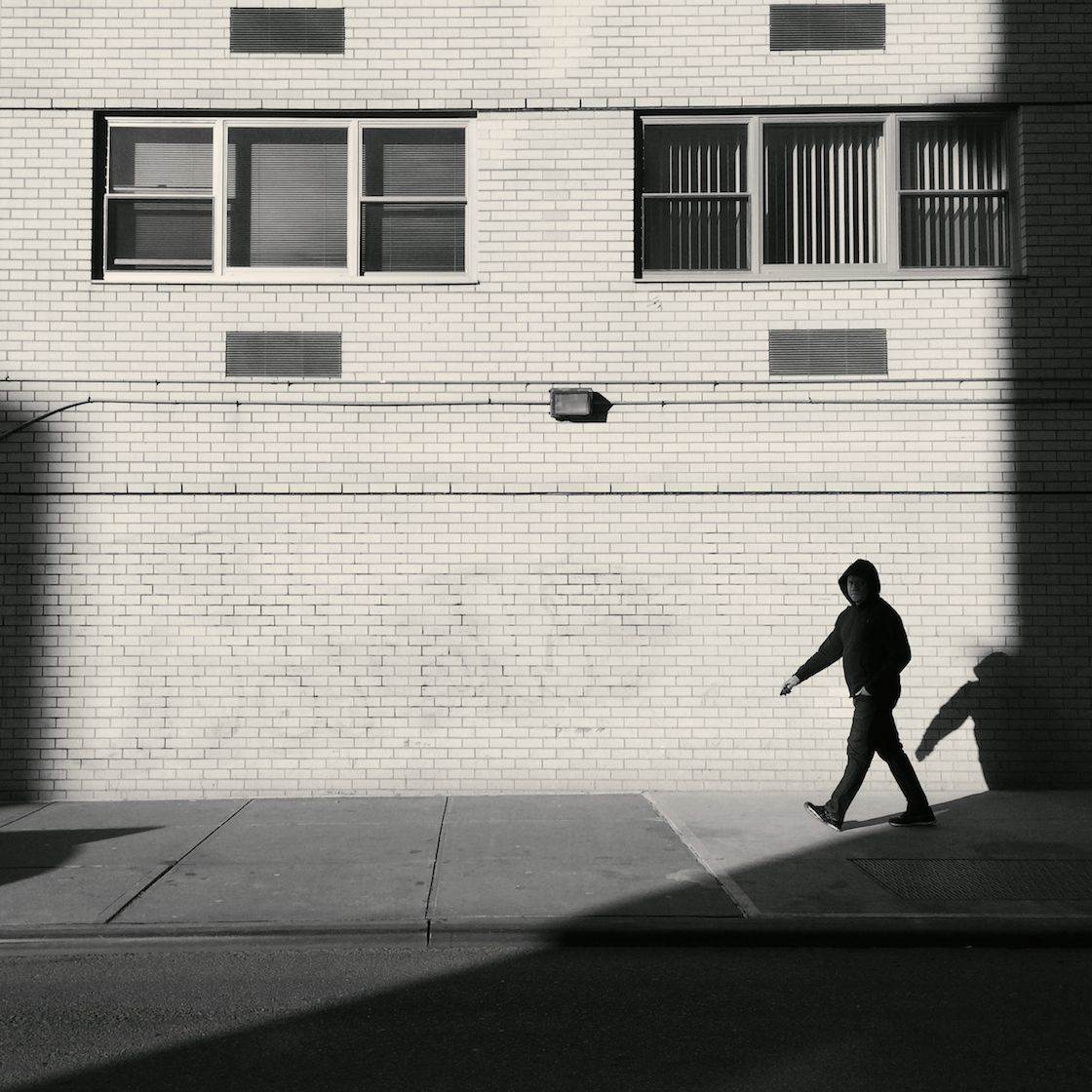
In photography, the space in front of a moving subject is referred to as “active space” and the space behind them as “dead space.”
Whenever you look at a moving subject in a photo, your eye tends to follow the direction of movement. So leaving active space in front of the subject makes sense in our minds as it gives them space to move into.
By emphasizing the active space in front of the subject, you can create a dynamic and engaging photo which evokes anticipation in the viewers mind.

In this photo, the cyclist was intentionally placed on the left of the frame to leave enough space for him to move into. If the shot had been composed with him on the right, it would look like he’s about to cycle out of the frame.
The same principle applies when shooting portraits. If the person is looking to one side of the frame, you should generally leave more space in front of them than behind them.
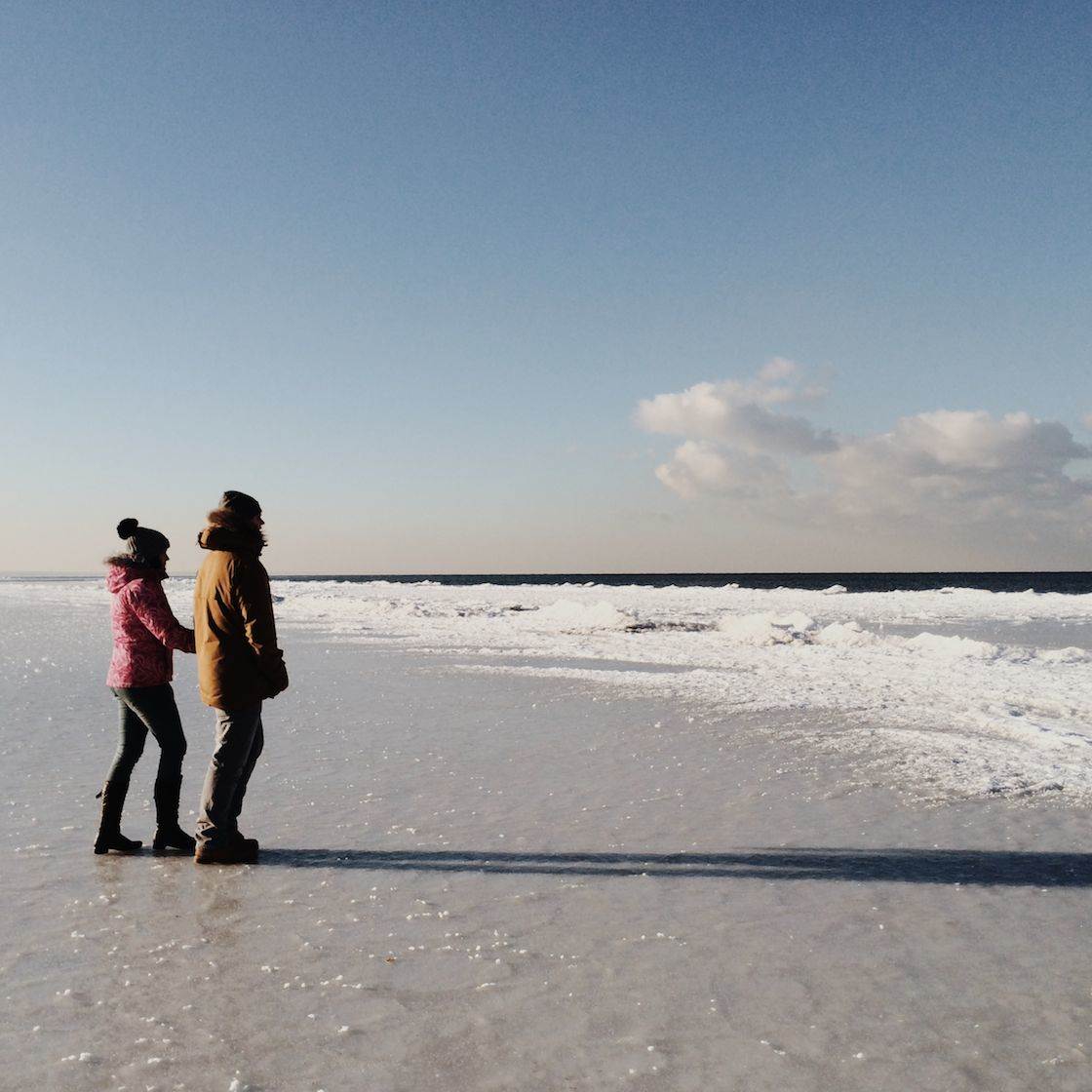
This gives them space to look into, and enables the viewer to follow the subject’s gaze.
Of course, rules are made to be broken in photography! So if you reverse this technique, leaving more dead space behind the subject and less active space in front of them, you can create a totally different feeling in the viewer’s mind.
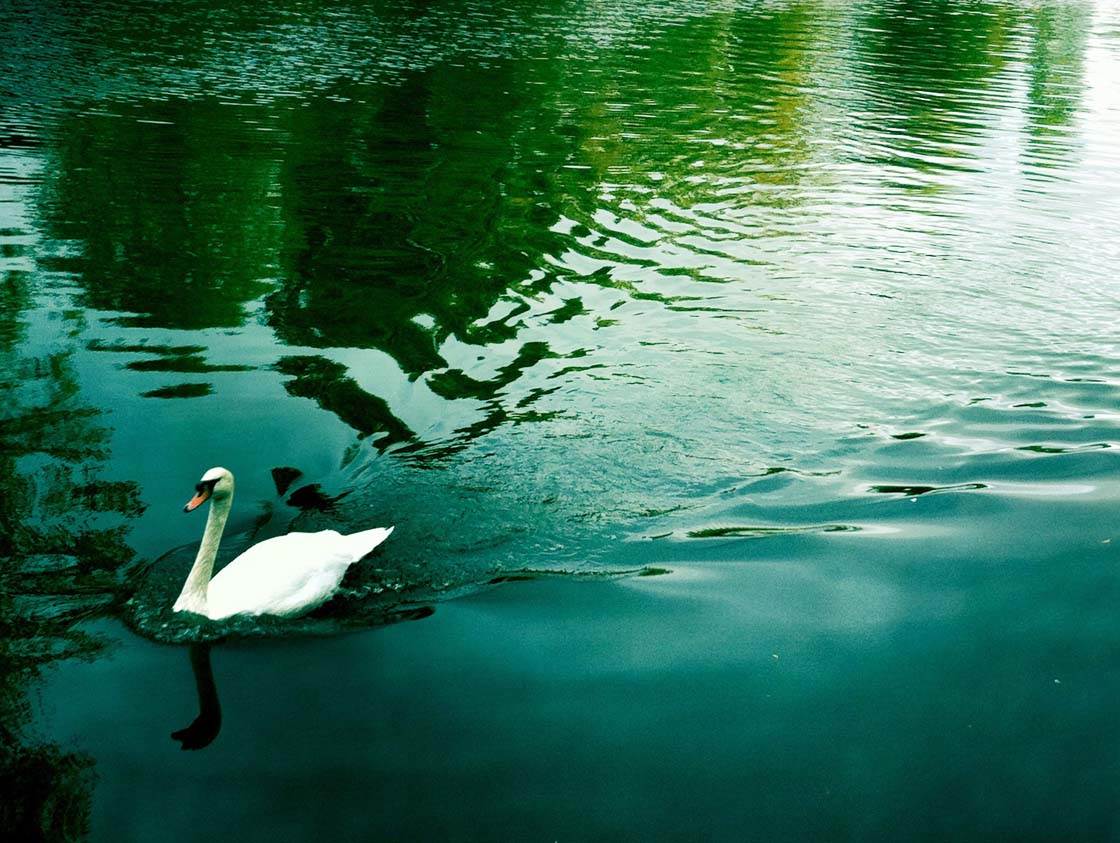
Positioning a moving subject near the edge of the frame with little space in front of them gives the impression of speed and urgency. This type of composition places emphasis on where the subject has been rather than where they they are going.
Positioning a subject near the edge of the frame so that they don’t have any space to look into can create mystery and tension in the viewer’s mind, making them wonder what the person is looking at.
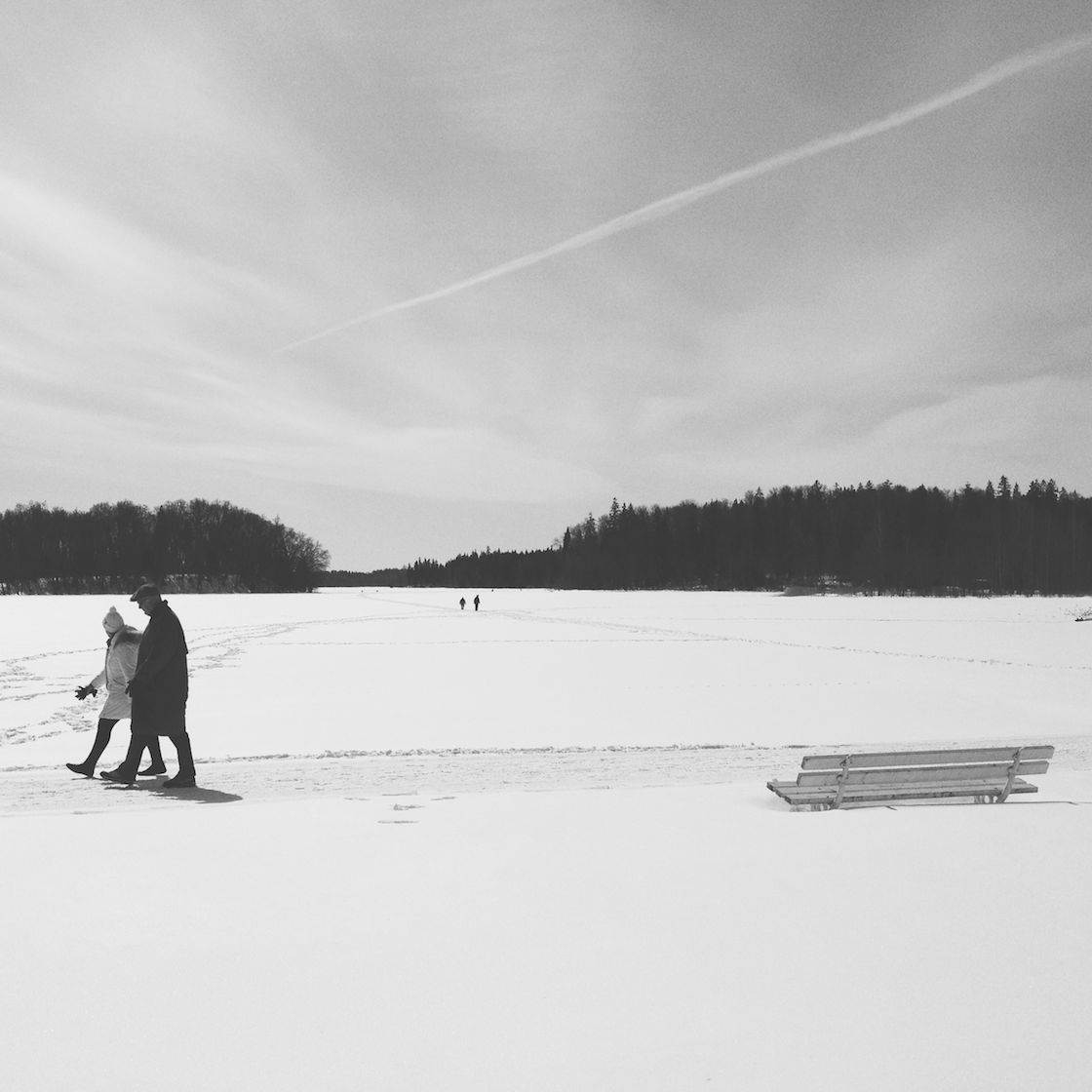
In summary, leaving more active space in front of a subject tends to create a more harmonious composition that makes sense to the viewer’s mind. It enables them to imagine the movement of the subject across the scene or to follow the subject’s gaze.
Leaving more dead space behind a subject can challenge the viewer’s perceptions, making them wonder what is about to happen when they move out of the frame and where they are going to, or what the subject is looking at.
6. Exaggerate The Negative Space
You wouldn’t normally think of empty space forming the main point of interest in your photos. But often the negative space can be a very powerful visual element in its own right.
Exaggerating the negative space can move the emphasis of the image onto the space itself, creating some really interesting photos that will catch the eye.
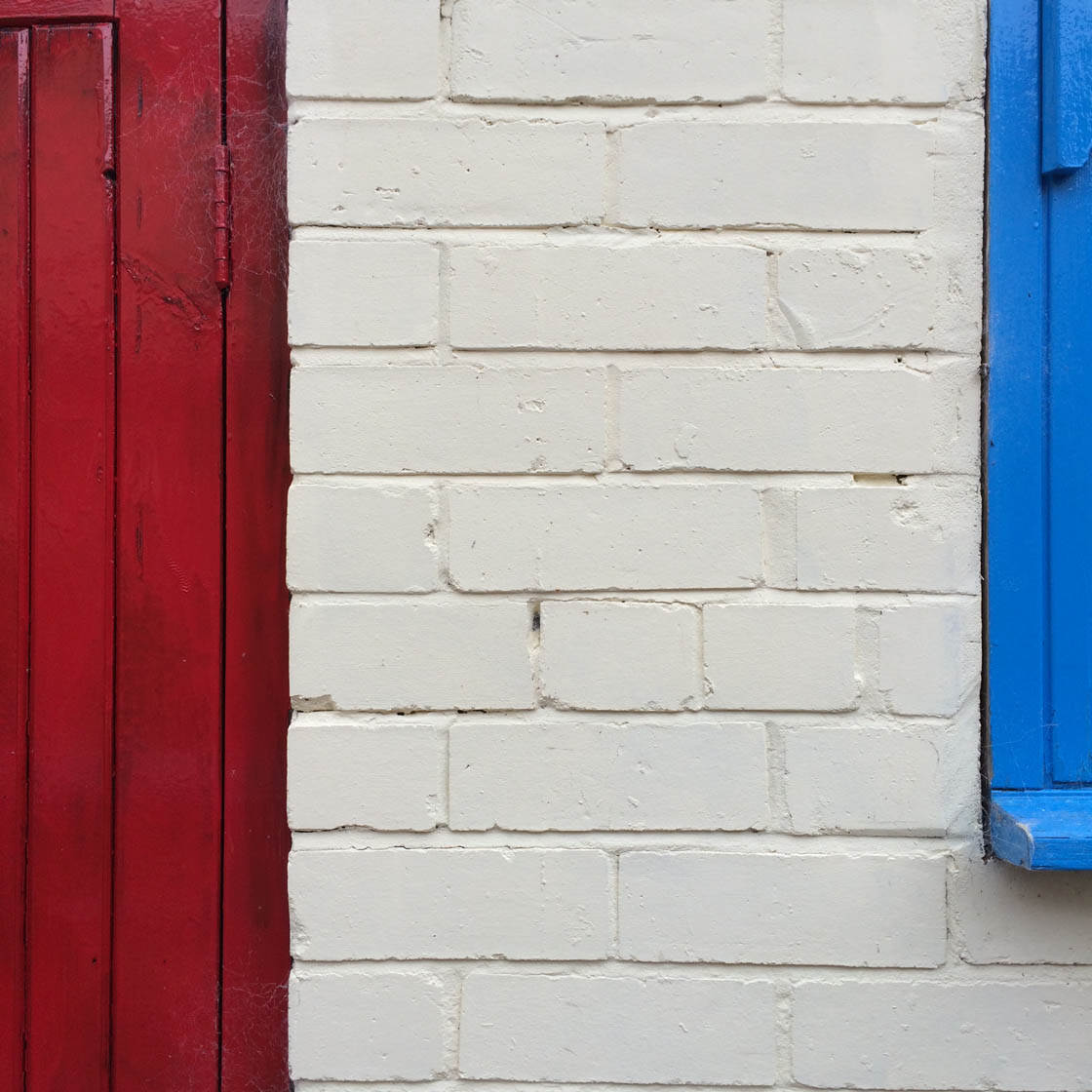
The empty space between and around your subjects can form strong shapes. Exaggerating these shapes with your choice of composition can form the basis of a strong point of interest in your image.
Using negative space between two objects in this way can create a sense of tension in your photos. It’s can feel as if the space is pushing the subjects apart. Or that the subjects are reaching out to each other from opposite sides of the space.
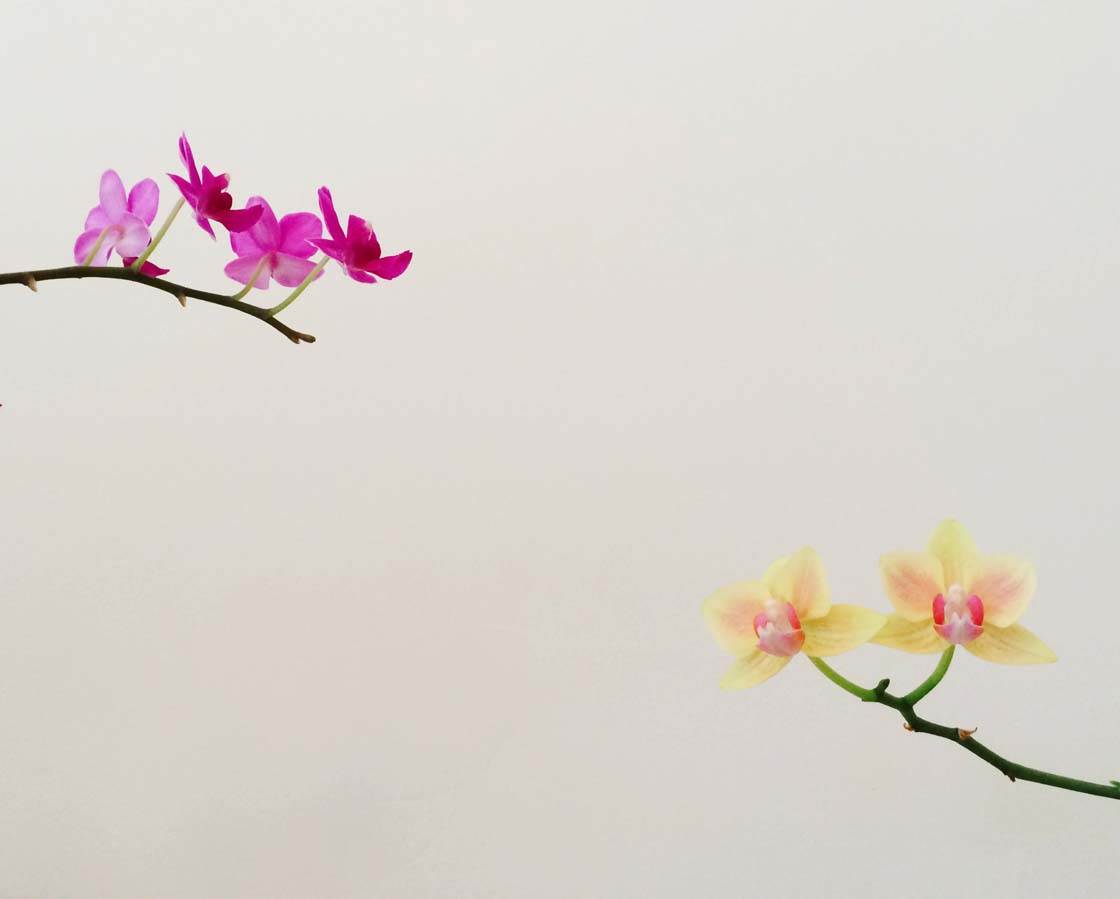
Another great way of creating and exaggerating empty space is to shoot silhouettes. A dark silhouette against a bright background will create large mysterious expanses of empty space with strong shapes that draw your eye around the image.
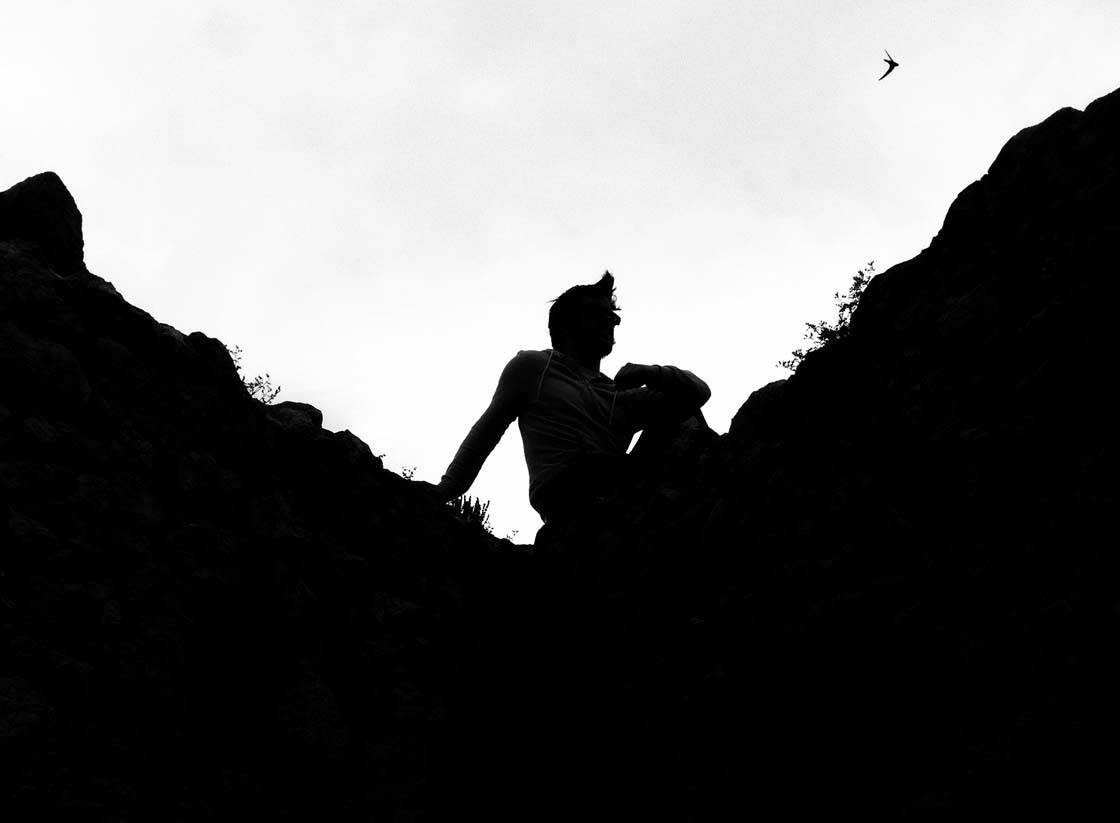
This image essentially consists of two empty spaces – one black and one white. But the strong shapes and contrast of the two spaces create a really striking image.
Mastering the use of negative space in your iPhone photography can take a little time and practice. We’re often so preoccupied with the main subject that it can seem strange to spend more time focussing on the empty space in a scene.
However, forcing yourself to consider the space that surrounds your subject will make you evaluate every part of the scene and how it will contribute to the final image. And this can only lead to much stronger and more powerful compositions.


Thanks for highlighting one of the most important aspects of photography
https://guldmann.wordpress.com/2015/06/14/negative-space/